Plastic is rewriting evolution—right now, in real time.
No, this isn’t science fiction. It’s happening in our oceans, forests, rivers, and even our backyards. Creatures are mutating, adapting, and in some cases, struggling to survive—all because of our throwaway world.
Fish are building nests out of bottle caps. Birds are weaving plastic bags into their homes. Some species are even changing their beaks, bellies, and brains to cope with the flood of synthetic junk we’ve dumped into nature.
This isn’t just pollution. It’s a forced makeover on the animal kingdom—one that no creature asked for.
Let’s dive into the strange, shocking ways plastic is reshaping life on Earth. You’ll never look at a grocery bag the same way again.
Sea Turtles with Plastic Diets
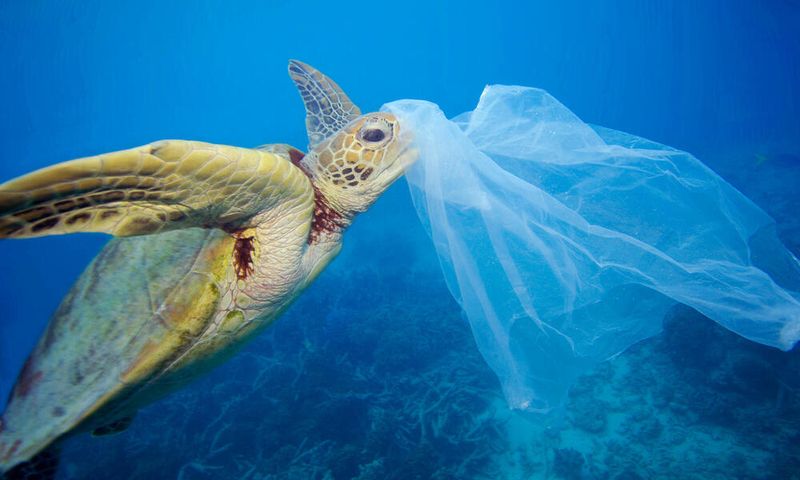
Ever wondered how sea turtles adapt to polluted waters? These magnificent creatures, often seen as ocean ambassadors, are now ingesting plastic. This ingestion alters their diet and can even change their digestive systems over generations.
With their habitats filled with plastic, turtles have begun mistaking it for food, leading to internal changes. Not only is their immediate health at risk, but it’s reshaping their evolutionary path.
This dietary shift is a stark reminder of how human waste invades natural life. What will these changes mean for future generations of turtles?
Birds Nesting with Trash
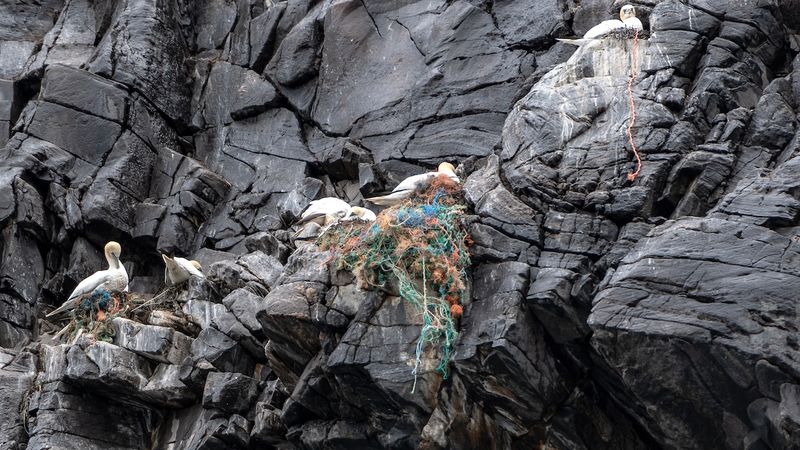
Imagine birds weaving nests from our discarded trash! Many birds now incorporate plastic into their nests, a testament to nature’s adaptability.
These nests, though resilient, pose risks to the chicks. As plastic becomes more prevalent, birds are evolving to deal with these novel materials.
The use of plastic in nests is a double-edged sword – providing durability but also potential harm. What does this mean for the chicks growing up in such environments? This phenomenon highlights the blending of human impact with natural instinct.
Fish Adapting to Polluted Waters
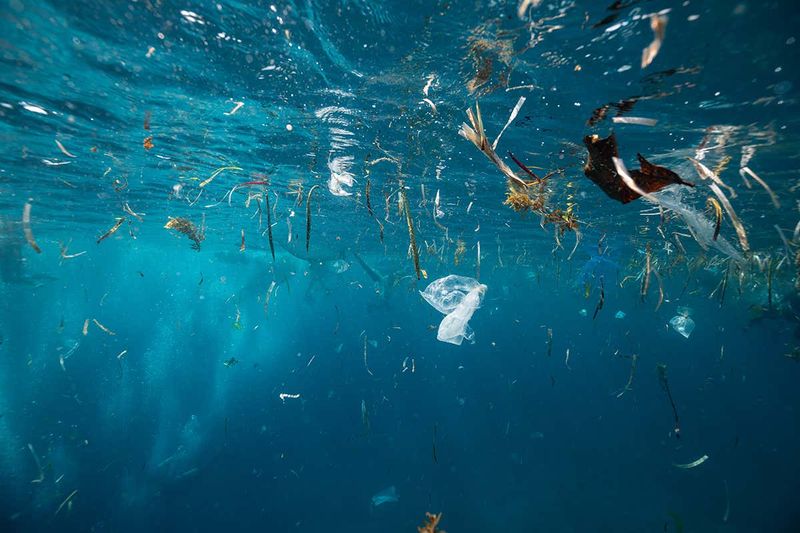
Can fish thrive amidst pollution? Some species are developing resistance to toxic environments, showcasing nature’s resilience.
Fish in polluted waters must navigate chemical-laden habitats, leading to genetic shifts in populations. Over time, these adaptations may redefine what it means to be a fish in the modern world.
This resilience, while impressive, raises questions about long-term effects on fish genetics and ecosystem balance. How will these evolutionary changes influence aquatic life?
Microplastics in Insect Ecosystems
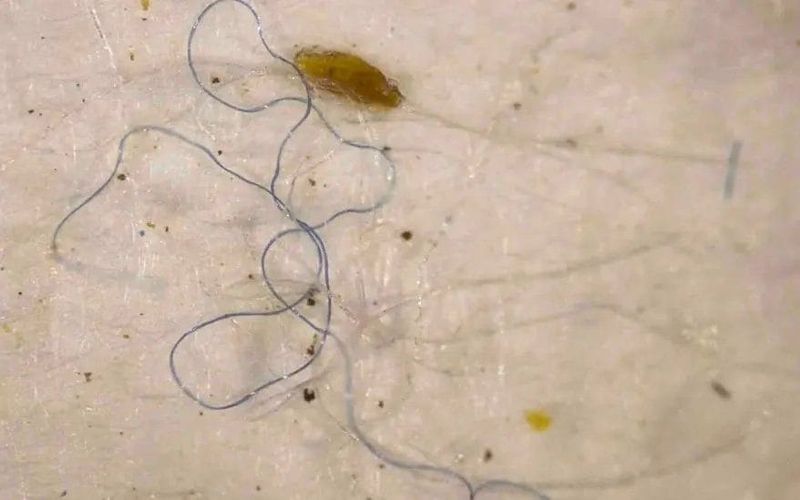
Insects, often the unseen heroes of ecosystems, are now encountering microplastics. These tiny particles infiltrate the soil, becoming part of insects’ diet.
Such ingestion can affect growth and reproduction rates, leading to evolutionary changes. Insects must adapt quickly or risk population decline.
The presence of microplastics in insect habitats signifies a broader environmental challenge. How will these changes impact the roles insects play in their ecosystems? This highlights the interconnectedness of pollution and evolution.
Marine Mammals and Plastic Tools
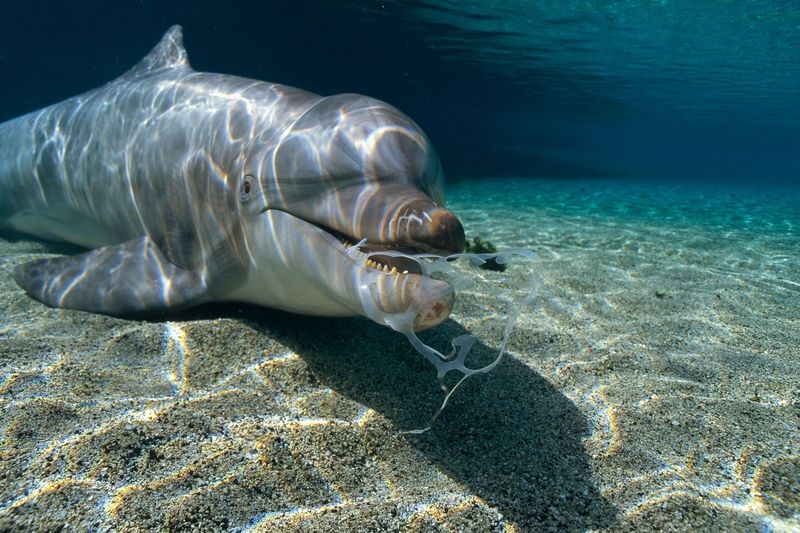
Dolphins and other marine mammals are now seen interacting with plastic as tools. This behavior, while innovative, reflects a shift in cognitive adaptation.
Using plastic for play or hunting shows how these mammals adapt to their changing surroundings. It’s a testament to their intelligence but also a sign of pollution’s pervasive reach.
What does this mean for marine mammal communities? It challenges our understanding of tool use in the animal kingdom and its evolutionary implications.
Coral Reefs and Plastic Pollution
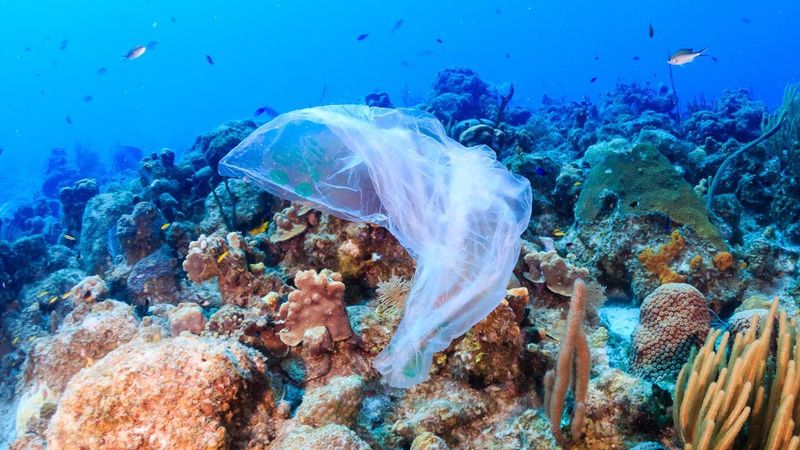
Coral reefs, the ocean’s rainforests, face threats from plastic pollution. Plastic debris can smother corals, hindering their growth and reproduction.
Over time, reefs may evolve to withstand these challenges, altering the ecological balance of marine life. This evolution could lead to new reef structures and dynamics.
The resilience of coral reefs is tested by the continual influx of plastic. How will these changes reshape marine biodiversity? The future of oceans depends on how reefs adapt in our plastic-filled seas.
Land Animals and Plastic Interaction

Urban wildlife like raccoons and foxes are increasingly interacting with plastic. As cities expand, these animals find plastic in their food sources and habitats.
Such interactions can lead to behavioral changes and influence evolutionary paths. Animals may develop new foraging strategies or dietary habits.
The presence of plastic in urban environments highlights a new era of human-wildlife interaction. What will these shifts mean for future generations of land animals? These adaptations underscore the impact of urbanization on evolution.

